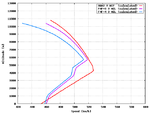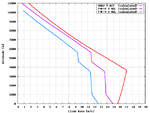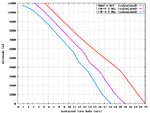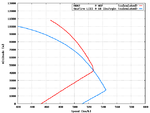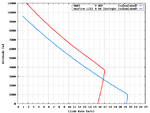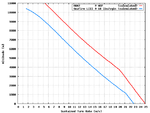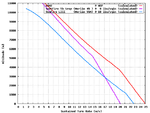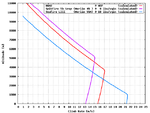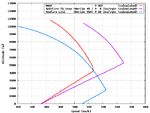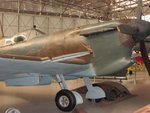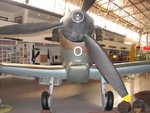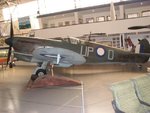The A6M2 climbed at around 3,250 to 3500 ft/min, which is higher than any Allied fighter of the period.
As for turn performance, the Zero, throughout its versions easily outturns any Allied fighter.
Now a highly boosted Spitfire V should be able to follow the Hap through a sustained turn at high speed, no problem, there are other a/c capable of that as-well, but all the Hap pilot has to do is pull in tighter the stick and he's away, the Spitfire simply can't hope to follow.
The Zero turns a LOT tighter than any Spitfire, which is what the Japanese pilots took advantage of when fighting it, pulling such tight turns that the Spitfire pilots were forced to utilize energy tactics if they were to survive. Now unfortunately the British hadn't developed efficient tactics against a fighter like the Zero when they came to fight it in the pacific, and were forced to learn it the hard way just like the US years before.
As for turn performance, the Zero, throughout its versions easily outturns any Allied fighter.
Now a highly boosted Spitfire V should be able to follow the Hap through a sustained turn at high speed, no problem, there are other a/c capable of that as-well, but all the Hap pilot has to do is pull in tighter the stick and he's away, the Spitfire simply can't hope to follow.
The Zero turns a LOT tighter than any Spitfire, which is what the Japanese pilots took advantage of when fighting it, pulling such tight turns that the Spitfire pilots were forced to utilize energy tactics if they were to survive. Now unfortunately the British hadn't developed efficient tactics against a fighter like the Zero when they came to fight it in the pacific, and were forced to learn it the hard way just like the US years before.

